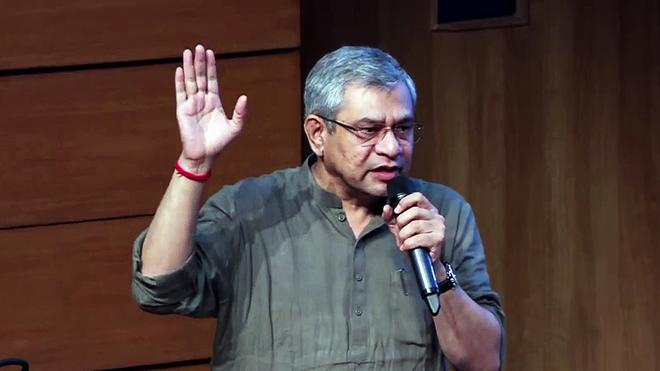New Delhi – India has announced the construction of two new railway links to Bhutan, spanning a total distance of 89 kilometers, in a move aimed at strengthening regional connectivity and deepening economic cooperation between the two neighboring countries.
The announcement was made by Railway Minister Ashwini Vaishnaw, who highlighted the strategic and economic importance of the project. “This will provide a lot of economic benefits to the people, in terms of tourism, industrial growth, people-to-people movement, and goods movement; practically, every benefit that railway brings will happen with this,” he said.
The two proposed rail links will connect Kokrajhar in Assam to Gelephu in Bhutan and Banarhat in West Bengal to Samtse in Bhutan. These lines are expected to enhance trade flows, ease travel, and promote cultural exchanges between border communities, while also contributing to Bhutan’s growing tourism industry.
Officials said that detailed project reports are being prepared, and discussions with Bhutanese authorities have been progressing smoothly. Once completed, these railway lines will mark Bhutan’s first-ever rail connectivity, linking the landlocked Himalayan kingdom more closely with India’s extensive railway network.
The initiative is part of India’s broader neighborhood connectivity strategy, which focuses on boosting infrastructure links with South Asian countries to promote trade, security cooperation, and regional development. Bhutan, a key partner in this strategy, has long relied on road transport for cross-border movement, making this railway project a significant milestone in bilateral relations.
Experts believe the new railway links will bring long-term benefits, including job creation, industrial expansion, and improved access to markets for Bhutanese products. It is also expected to give a major push to eco-tourism, as Gelephu and Samtse serve as important entry points for travelers exploring Bhutan’s natural and cultural heritage.
For Bhutan, the project represents both economic opportunity and a deepening of ties with India, its closest ally. For India, it reinforces its role as a development partner in the region, using connectivity as a tool to strengthen diplomacy and economic growth.
Construction timelines are expected to be finalized after the completion of feasibility studies, with both governments expressing optimism about moving the project forward quickly.

